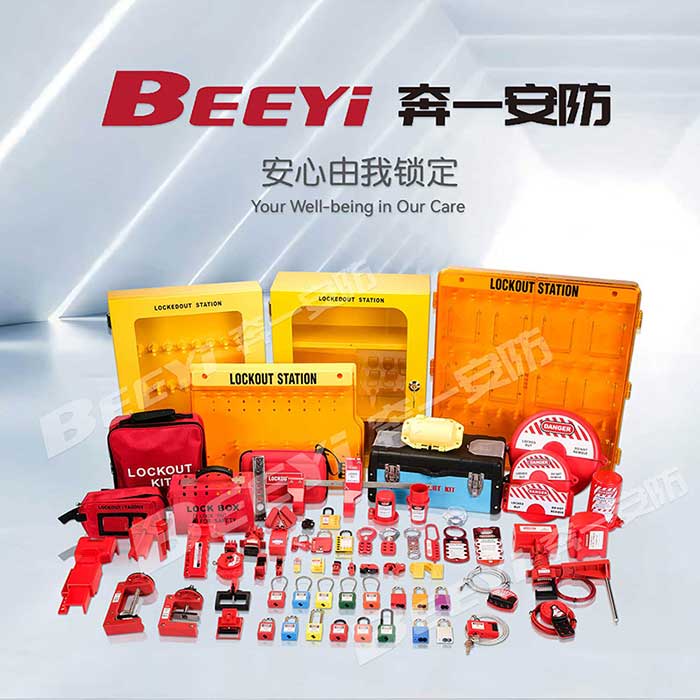understanding lockout hasps: enhancing industrial safety with effective lockout/tagout solutions
Release time:2025-11-10 04:38:19
Lockout Hasps are integral components in maintaining a safe work environment, particularly in industrial settings where workers often interact with hazardous machinery and equipment. These devices play a critical role in the Lockout/Tagout (LOTO) process, which is designed to prevent accidental equipment startups and ensure that machinery is securely isolated during maintenance and repair. In this article, we will explore what Lockout Hasps are, how they function, and why they are essential to worker safety in hazardous work environments.

What are Lockout Hasps?
A Lockout Hasp is a safety device used to lock down equipment during maintenance or repair. It is essentially a mechanical lock used to secure energy-isolating devices in place, preventing machinery from being accidentally energized or started. Lockout Hasps are typically made of durable materials such as steel, and they feature multiple lock holes that allow several workers to place their individual locks on a single piece of equipment.
The Lockout/Tagout procedure, regulated by safety standards such as OSHA (Occupational Safety and Health Administration), is designed to ensure that workers performing maintenance work on dangerous machinery are not exposed to the risk of unexpected machine startup or energy release. The Lockout Hasp is an essential part of this process, enabling a team of workers to secure a single piece of equipment and work safely without fear of the equipment being inadvertently powered up.

